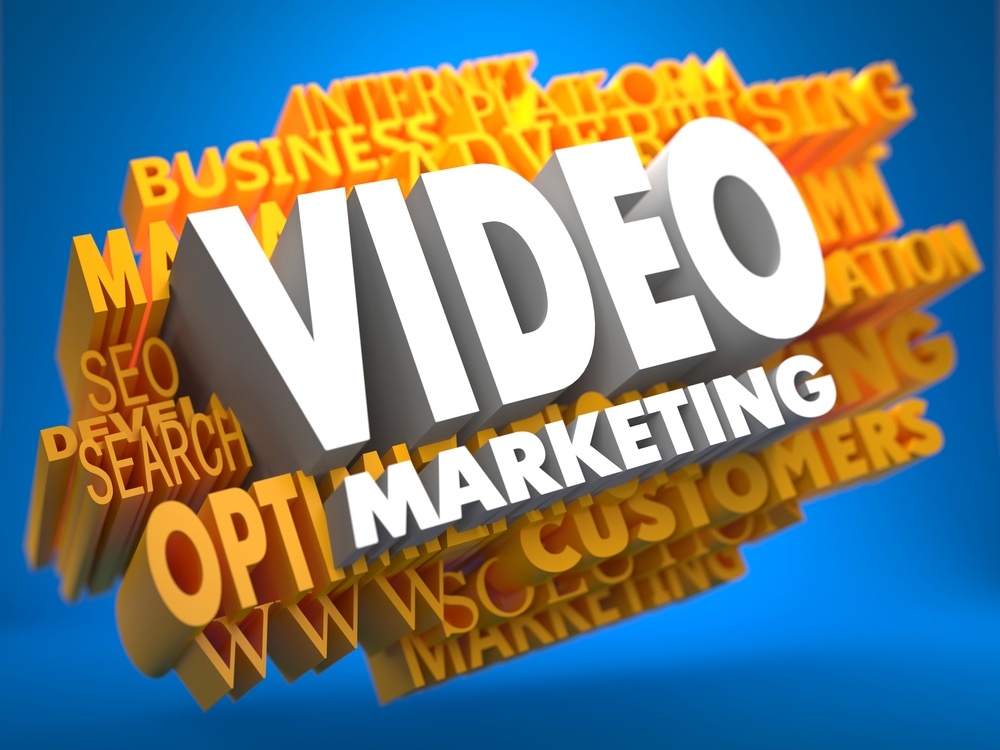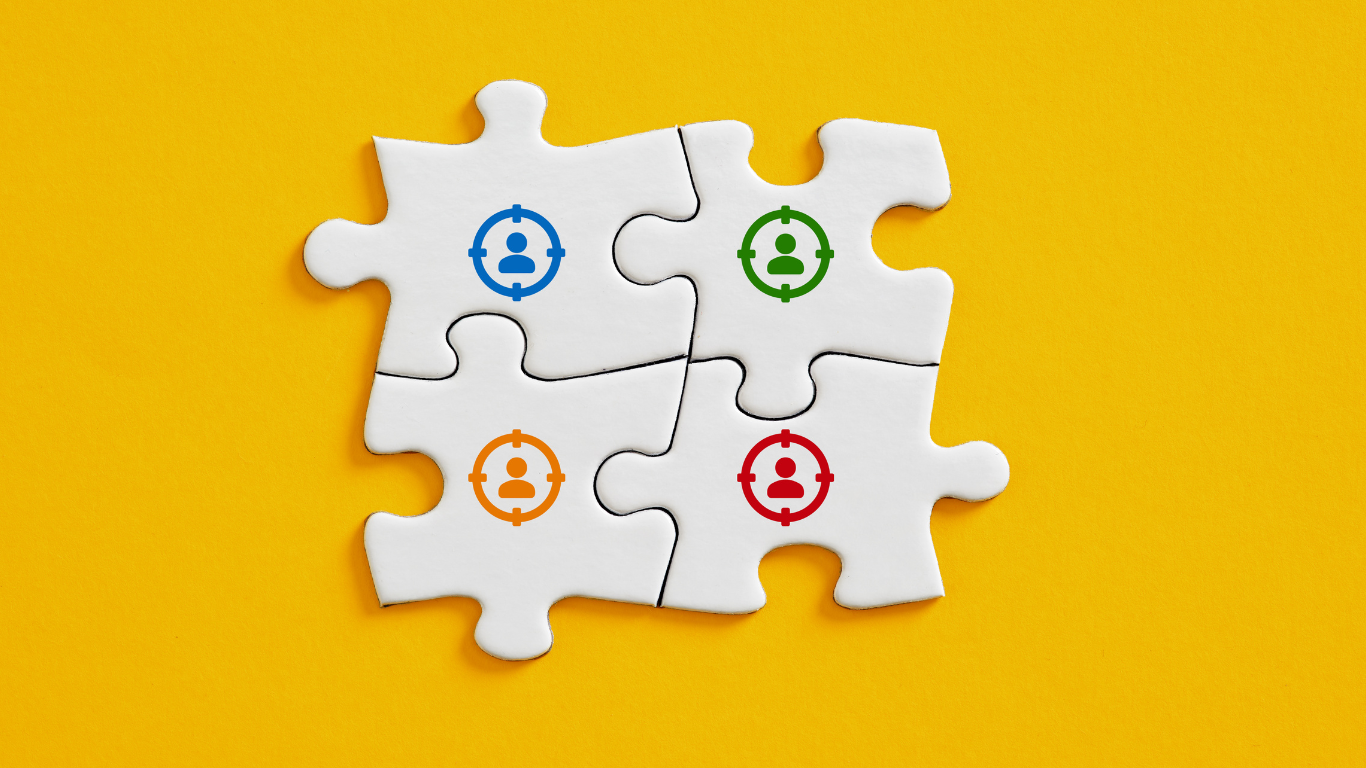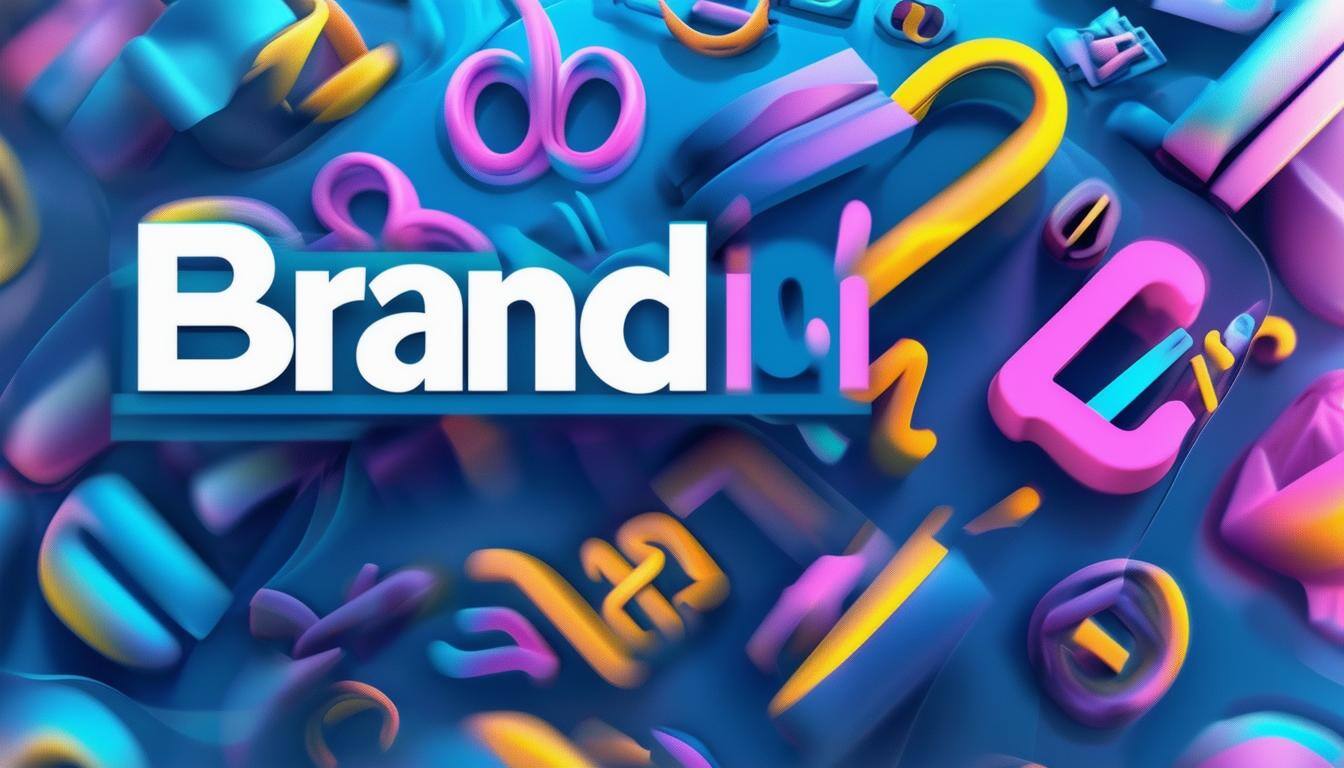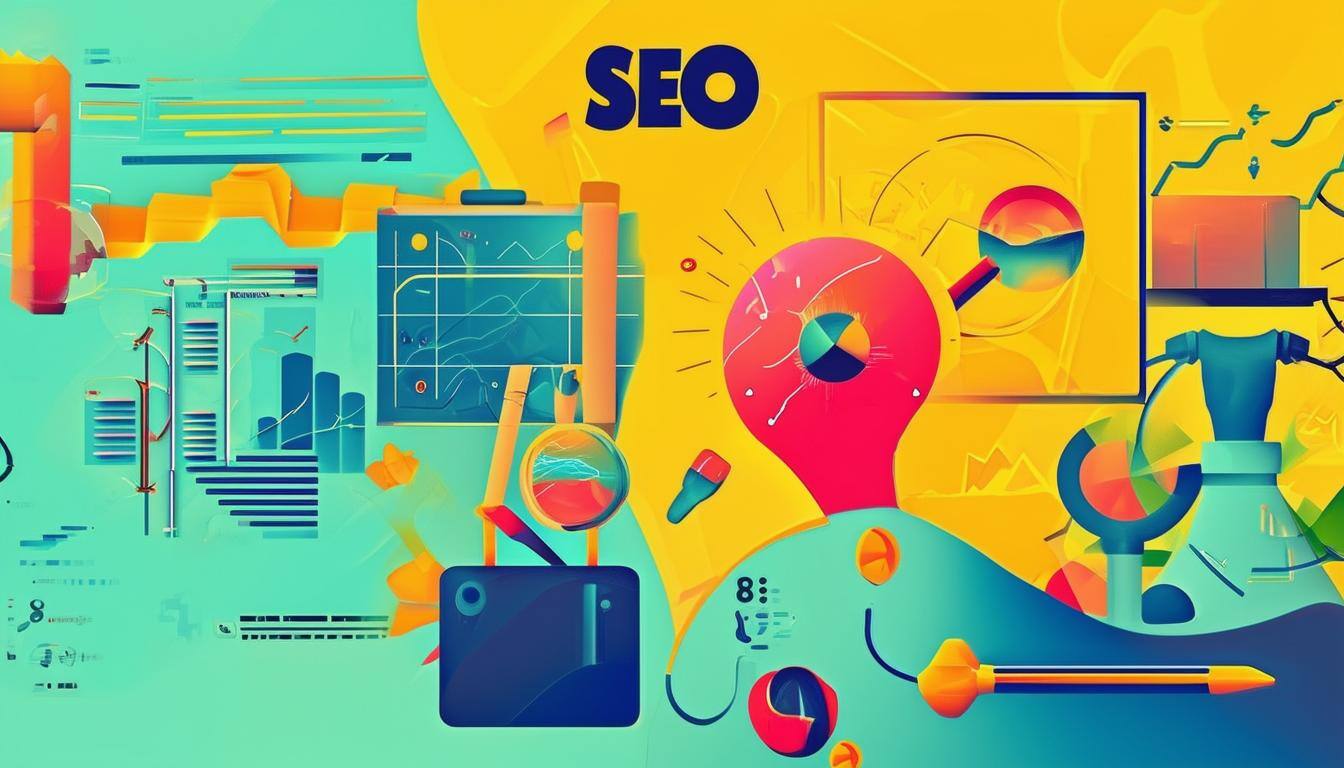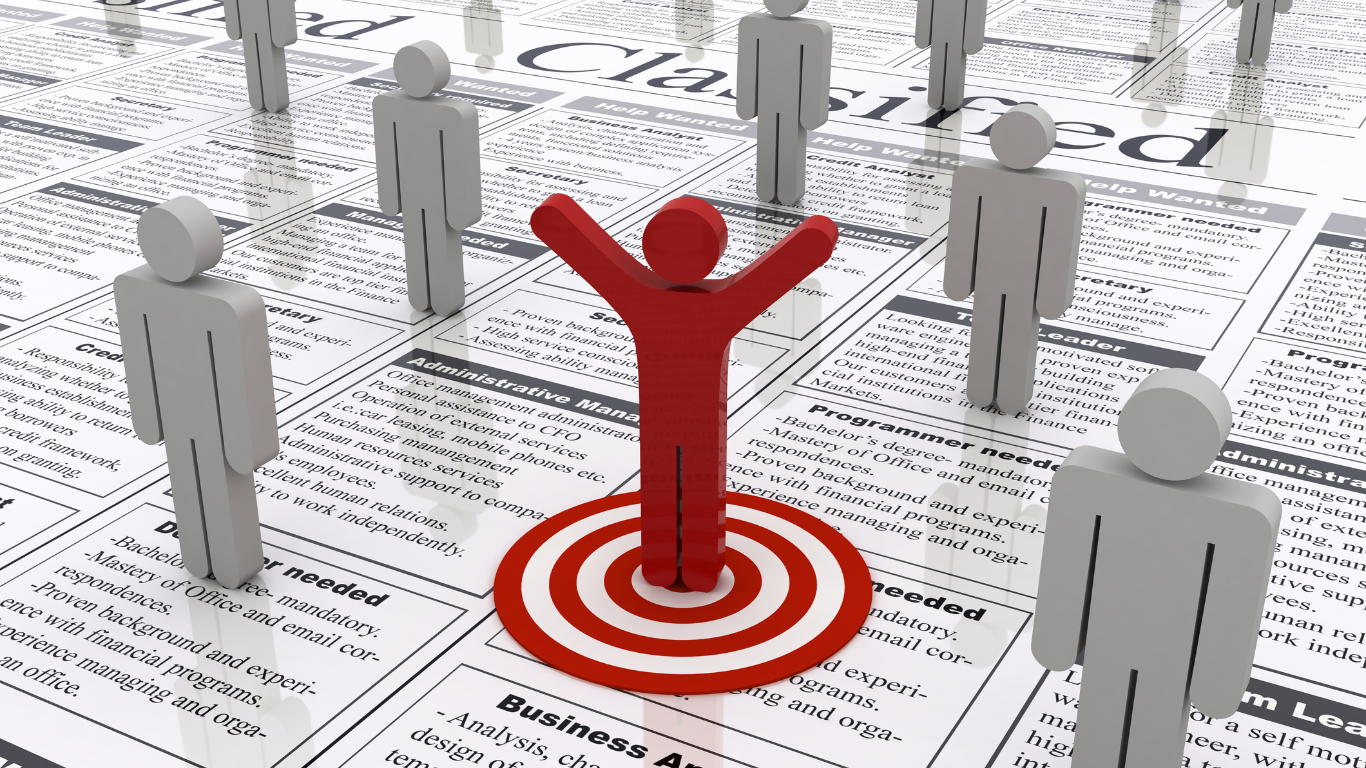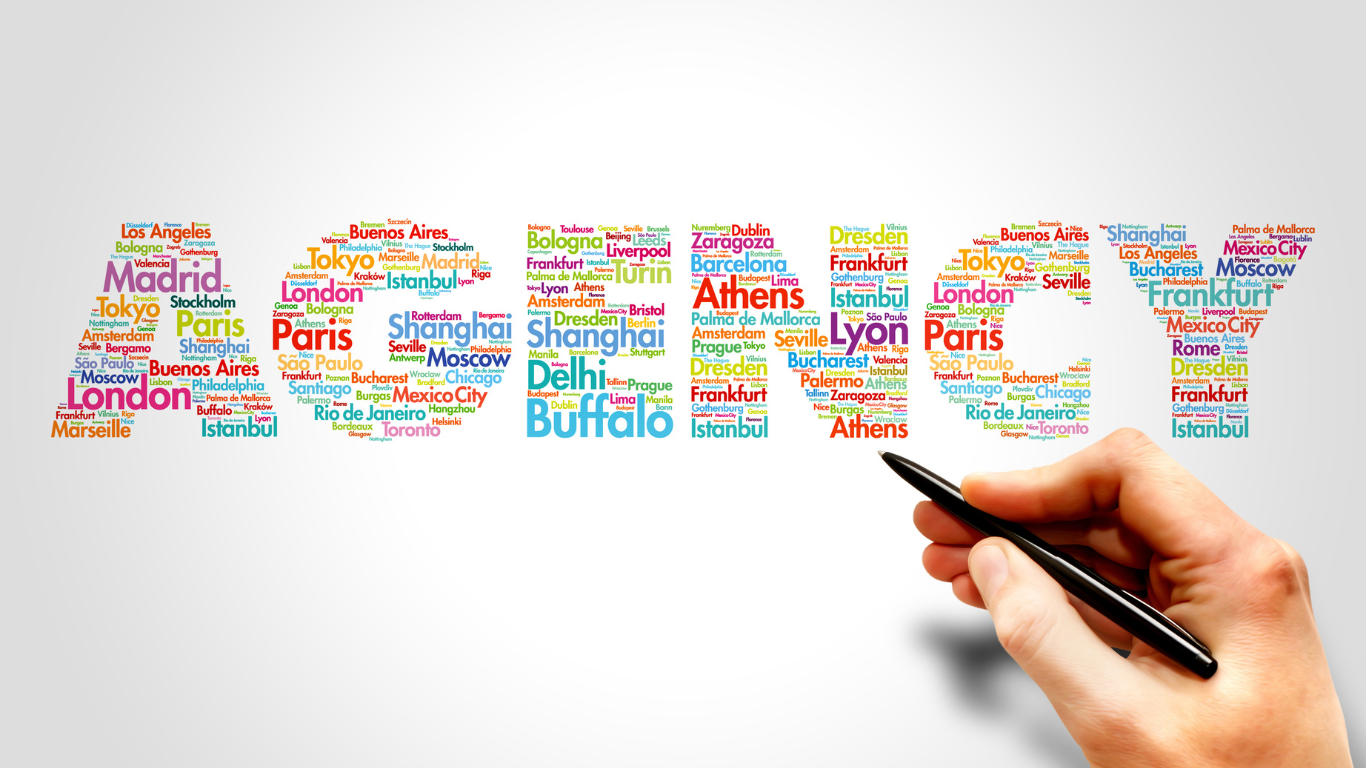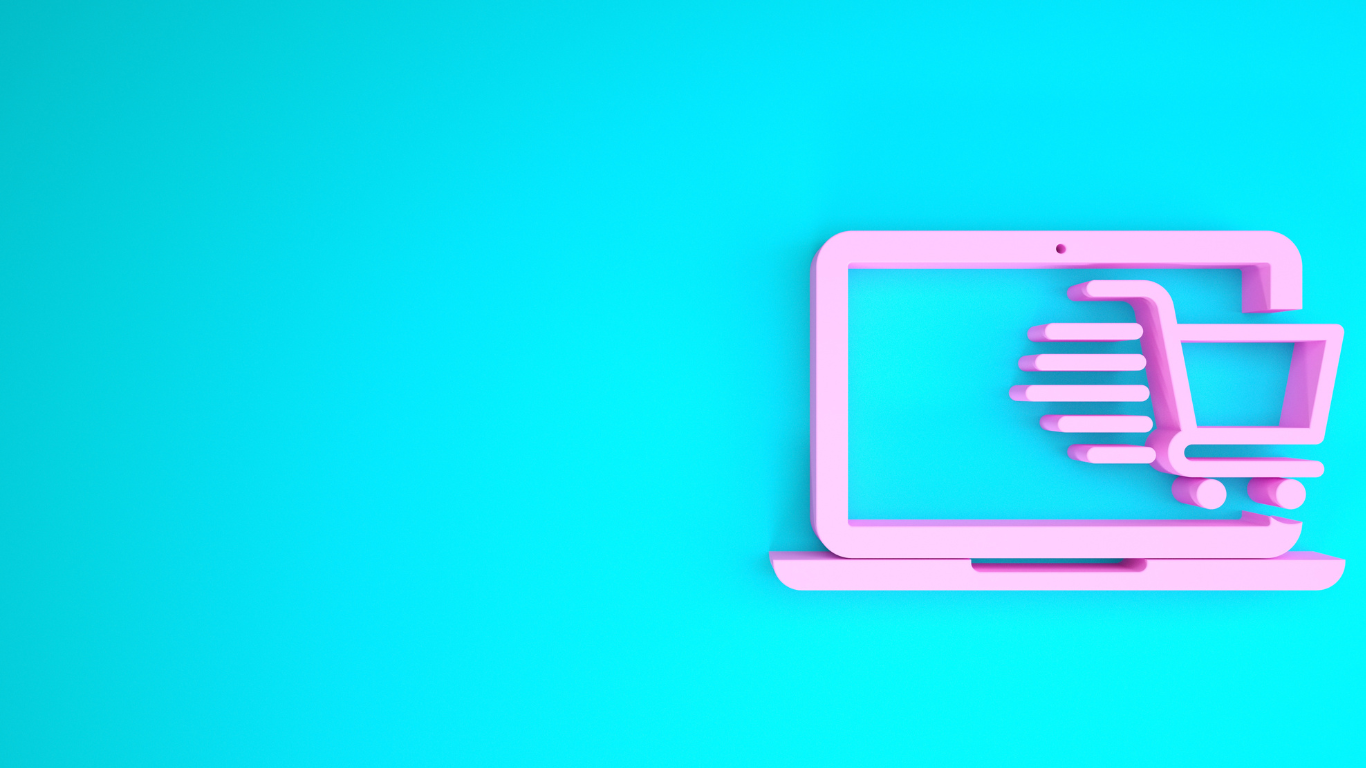Lifecycle marketing is a strategy focused on guiding customers through the various stages of their journey with your brand, from awareness to loyalty. To be successful, brands need to engage customers at every touchpoint with personalized and well-timed communications. This approach not only boosts customer acquisition but also fosters long-term relationships. Let’s break down each stage of the customer lifecycle—awareness, engagement, evaluation, purchase, support, and loyalty—and showcase multi-faceted campaigns used by leading corporations.
1. Awareness
The awareness stage is about making potential customers aware of your brand. It’s the first time they interact with you, so the goal is to increase brand visibility through various online and offline channels.
A. Coca-Cola’s “Share a Coke:" Coca-Cola’s highly successful “Share a Coke” campaign personalized its products by printing common names on bottles. This created a viral sensation as people searched for bottles with their own or friends' names, often sharing their finds on social media, which increased brand visibility exponentially.
B. Nike’s “Just Do It:” Nike’s long-running “Just Do It” campaign doesn’t just sell shoes—it sells a mindset. The ads feature world-class athletes, but also everyday individuals overcoming challenges. This branding positions Nike as not just an athletic apparel brand but a symbol of determination and achievement.
Tactics:
- Influencer marketing (partnering with social media figures to increase reach)
- Content marketing (high-quality blogs, infographics, or podcasts)
- SEO and PPC (targeted search engine ads to capture search intent)
- Mass media campaigns (TV commercials, billboards, print media)
2. Engagement
After creating awareness, brands must engage with their audience to hold their attention. Engagement campaigns aim to build stronger connections, spark interest, and start meaningful conversations with potential customers.
A. Sephora’s Beauty Insider Program: Sephora’s Beauty Insider Program rewards customers with points for each purchase, which can be redeemed for beauty products, exclusive events, and personalized beauty tutorials. By offering exclusive benefits, Sephora turns casual shoppers into engaged community members.
B. Duolingo’s Streaks and Gamification: Language-learning app Duolingo uses gamification features like daily streaks, rewards, and leaderboards to keep users coming back. Regular notifications and fun challenges make the learning experience addictive and engaging, encouraging users to stay loyal to the platform.
Tactics:
- Email newsletters (personalized content based on customer interests)
- Social media contests (user-generated content and polls)
- Interactive quizzes (like BuzzFeed-style fun quizzes related to your product or service)
- Virtual events (webinars, Instagram Lives, or Twitter chats)
3. Evaluation
At this point, customers are considering whether to purchase from you or your competitors. Campaigns in this stage should focus on helping customers see the value of your product or service by providing relevant information.
A. Amazon’s Prime Free Trial: Amazon offers a 30-day free trial for Prime membership, giving potential customers the chance to experience free shipping, Prime Video, and other perks before they commit to a subscription. This lowers the barrier to entry and increases the likelihood of conversion.
B. HubSpot’s Free CRM Tools: HubSpot provides a free version of its CRM platform to allow businesses to experience its functionality without any upfront costs. This is a great evaluation-stage tactic, as businesses can test the tools before deciding to upgrade to paid versions for advanced features.
Tactics:
- Free trials or samples (give customers a risk-free way to try your product)
- Demos and webinars (walk prospects through how your product solves their problems)
- Case studies (highlight how your product helped others)
- Comparison guides (show how you stack up against competitors)
4. Purchase
Now that customers are ready to buy, the goal is to make the transaction as smooth as possible and maximize the order value. This is also the stage where you can upsell or cross-sell related products.
A. Apple’s Cross-Sell at Checkout: Apple is known for its ability to suggest relevant products at checkout. For example, when buying a new iPhone, you’ll see suggestions for accessories like cases, headphones, and insurance (AppleCare). This cross-sell strategy increases the average order value while making the purchase process easy for the customer.
B. Domino’s “Pizza Tracker:” Domino’s Pizza Tracker allows customers to see exactly where their pizza is in the preparation and delivery process. This not only enhances the purchase experience by building anticipation but also helps reassure customers, making them feel more involved in the process.
Tactics:
- Upsell and cross-sell offers (suggest related products during the purchase journey)
- Discount codes (time-sensitive offers to encourage immediate purchase)
- Fast payment options (one-click purchases, mobile wallets)
- Abandoned cart emails (remind customers to complete their purchase)
5. Support
Supporting customers after their purchase is critical for building trust and ensuring satisfaction. Effective post-purchase campaigns can turn one-time buyers into repeat customers by reinforcing that the brand cares about their experience.
A. Zappos’ Legendary Customer Support: Zappos built its brand on customer service, offering a 365-day return policy and free shipping both ways. Its customer-first approach reassures customers and encourages repeat purchases, while post-purchase follow-ups show ongoing support.
B. Slack’s Personalized Customer Support: Slack, a popular team communication tool, offers dedicated customer success teams for their business clients. They proactively reach out to customers post-purchase to ensure they’re getting the most out of the platform and provide additional resources for support, which helps reduce churn.
Tactics:
- Post-purchase surveys (ask customers how their experience was)
- Personalized follow-ups (emails offering tips on how to use the product)
- Customer support outreach (proactively help customers resolve issues)
- Self-service portals (FAQs and knowledge bases)
6. Loyalty
The final stage focuses on retaining customers and nurturing brand loyalty. Customers who’ve had positive experiences are more likely to come back for more and recommend your brand to others.
A. Starbucks Rewards Program: Starbucks Rewards Program allows customers to earn points (Stars) with every purchase, which can be redeemed for free products. The program also offers birthday perks, personalized offers, and early access to new products, keeping customers coming back.
B. Amazon Prime: Amazon Prime offers members exclusive deals, free shipping, and access to entertainment services like Prime Video. Once subscribed, customers are incentivized to continue using Amazon for their shopping needs, ensuring long-term loyalty through added value and convenience.
Tactics:
- Loyalty programs (reward customers for repeat business)
- Referral programs (incentivize customers to refer new clients)
- Exclusive offers (give loyal customers early access to products)
- Personalized thank-you emails (send personalized appreciation messages)
Conclusion
Lifecycle marketing is about meeting customers where they are on their journey and using tailored campaigns to guide them toward deeper engagement with your brand. Companies like Coca-Cola, Amazon, Nike, Sephora, and Starbucks show us that personalized, multi-faceted campaigns across various touchpoints can drive brand awareness, customer loyalty, and sustained growth. By focusing on each stage of the customer journey, your business can turn potential leads into lifelong advocates, leading to higher conversions and stronger brand loyalty.

A.H Brands
.png?width=500&height=200&name=Its%20Pet%20Cancer%20Awareness%20Month%2c%20and%20were%20committed%20to%20educating%20people%20about%20pet%20cancer%20and%20available%20resources.%20Innovative%20treatments%20now%20harness%20pets%20own%20immune%20systems%20to%20treat%20and%20manage%20va%20(13).png)

